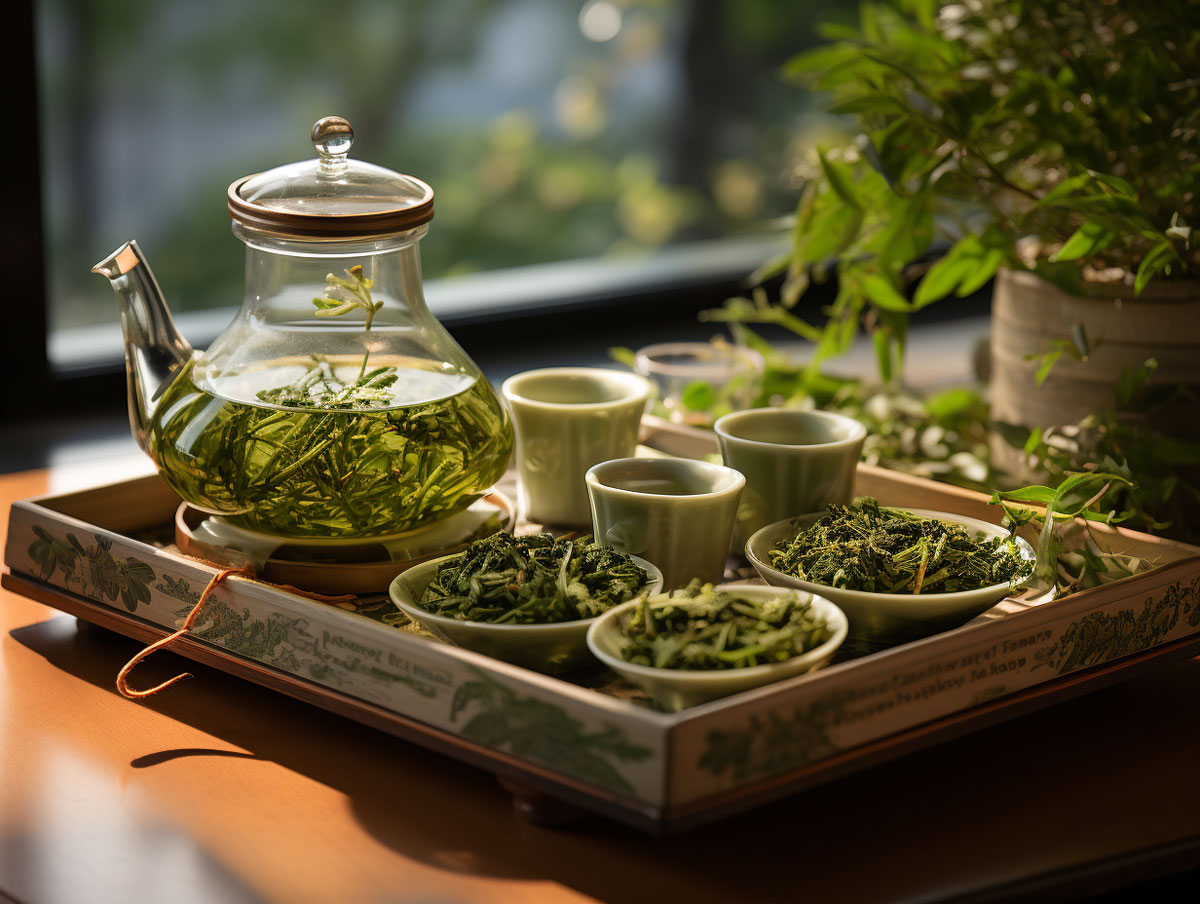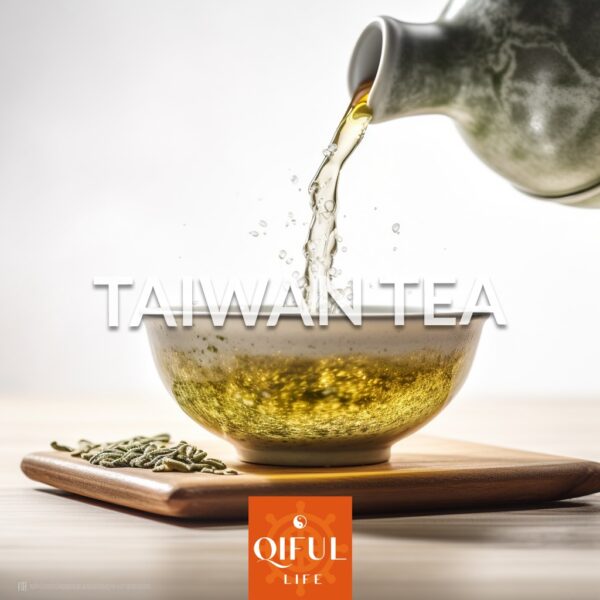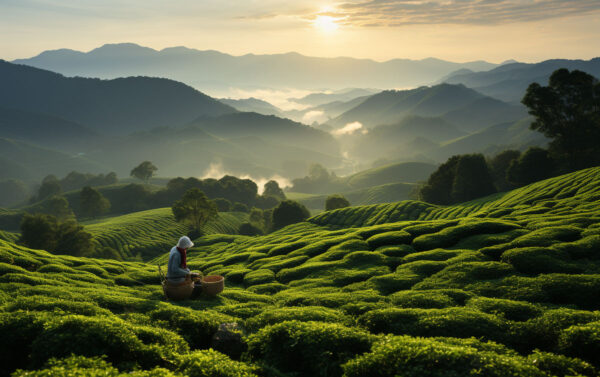Gourmet Tea » Tea Blog » Tea Information » 8 Most Popular Green Teas from China

8 Most Popular Green Teas from China
China produces some of the freshest and most floral green teas in the world. In this article, we explore some of the most popular and well-known green teas from the region.
West Lake Longjing
This historic tea boasts a green color, strong flavor, pure taste, and beautiful shape. Often called the “queen of green tea,” it gained royal status during the Qing Dynasty. Farmers grow and collect West Lake Longjing within the West Lake Scenic Area.
Biluochun
This famous green tea originated near Lake Tai in Jiangsu and rose to popularity during the Ming Dynasty. The Qing Dynasty also granted it royal status. Biluochun, also known as “Dongting Biluochun,” reflects its geographic origin.
Lu’an Melon Seed (Pian Tea)
Lu’an Melon Seed tea stands out because it uses single fresh tea leaves without the head and end of the leaves. The leaves are straight and smooth, resembling melon seeds. After brewing, it offers a persistent flavor and a clear, bright appearance.
Yellow Mountain Maofeng
Produced in Huangshan City, Anhui, this tea derives its name from the “white and sharp like mountain top” appearance of the new tea leaves. Farmers collect the leaves from the top of Huangshan Mountain. Yellow Mountain Maofeng has a refreshing aroma reminiscent of orchids.
Guqing Green Tea
Also known as “Guqing royal tea,” this tea comes from Nayong County, Guizhou. Its unique geographic location, over 1,800 meters above sea level, allows for pesticide-free cultivation. Guqing Tea stands out for its unique quality and flavor.
Xinyang Maojian (Yu Maofeng)
Xinyang Maojian is a traditional green tea from Hunan Province, known for its “thin, round, shiny, more white, strong flavor, green” characteristics. It is both appetizing and thirst-quenching.
Taiping Houkui
Taiping Houkui is a traditional tea from Anhui, recognized for its unique appearance with “two knives and one pole.” Two straight leaves clasp a large bud with white hairs. This tea offers a distinctive and refreshing taste.
Lushan Yunwu
Lushan Yunwu, produced in Jiujiang, Jiangxi Province, has been enjoyed since the Han Dynasty. It gained royal tea status during the Song Dynasty. This tea is described as having “strong leaves, green color, bright tea, even tea leaves, long-lasting aroma, and sweet aftertaste.”
These green teas from China all offer diverse flavors and aromas, each celebrated for its unique characteristics. Exploring the world of green tea allows enthusiasts to appreciate the rich history and diverse traditions associated with this beverage.






